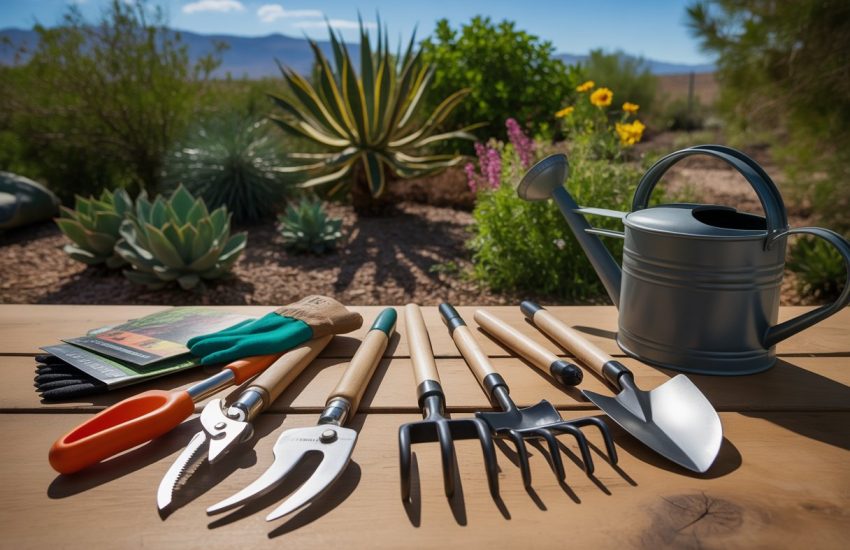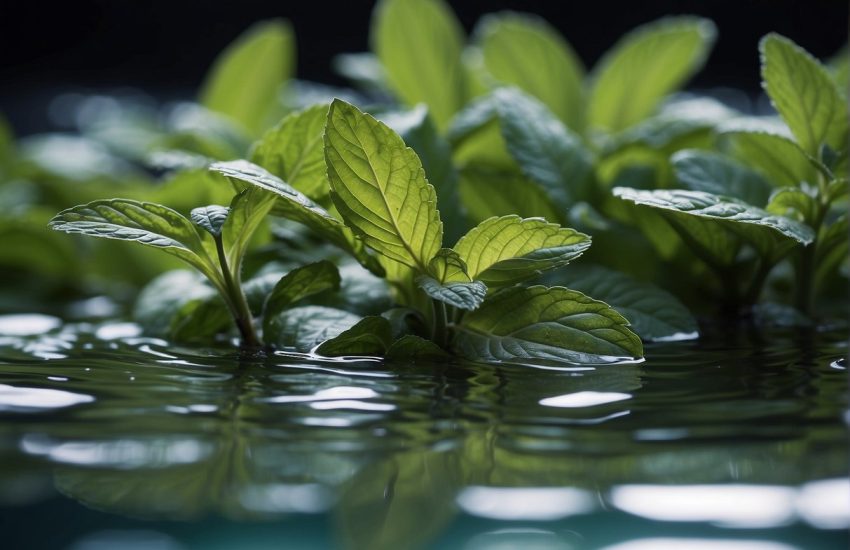How to Propagate Calathea: A Step-by-Step Guide
Calathea is a popular houseplant known for its vibrant foliage and unique patterns. Propagating Calathea can be an excellent way to expand your collection or share the love of this beautiful plant with others. While it may seem daunting at first, propagating Calathea is relatively simple and can be done using a few different methods.

One of the easiest ways to propagate Calathea is through division. This involves separating the plant into smaller sections and replanting them in their own pots. It’s essential to choose a healthy plant with multiple stems to ensure successful propagation. Another method is through stem cuttings, which involves taking a cutting from the mother plant and rooting it in water or soil. This method can be a bit more challenging, but it’s a great way to produce multiple plants from one mother plant.
In this article, we will explore the various methods of propagating Calathea and provide step-by-step instructions on how to do so successfully. Whether you’re a seasoned plant parent or just starting, this guide will equip you with the knowledge and confidence to propagate your Calathea and watch it thrive.
Understanding Calathea Propagation
Calathea is a popular houseplant known for its vibrant foliage and unique patterns. Propagating calatheas can be done through various methods, including division, cuttings, and seeds. Understanding the proper techniques for calathea propagation is essential for growing a healthy and thriving plant.
Propagation Methods
There are several methods for propagating calatheas, including division, cuttings, and seeds. Division is the most common method used for mature plants. This involves separating the plant into smaller sections, each with its own root system. Cuttings can also be taken from the parent plant and propagated in water or soil. Seeds can be collected from mature plants and planted in soil.
Best Time to Propagate
The best time to propagate calatheas is during the spring and summer months when the plant is in its active growth phase. This is when the plant is producing new leaves and roots, making it easier to propagate. It is important to avoid propagating during the winter months when the plant is in its dormant phase.
Choosing the Right Calathea
When choosing a calathea plant to propagate, it is essential to select a healthy and mature plant. Look for a plant with a strong root system and healthy foliage. Different varieties of calathea plants have different propagation requirements. For example, calathea lancifolia and calathea makoyana are best propagated through division, while calathea orbifolia is best propagated through cuttings.
Overall, understanding the proper techniques for calathea propagation is essential for growing a healthy and thriving plant. By selecting the right plant, choosing the best propagation method, and propagating during the right time of year, you can successfully propagate your calathea collection.
Calathea Care Post-Propagation
After successfully propagating your Calathea, it is important to provide proper care to ensure its growth and health. The following subsections will cover the essential aspects of Calathea care post-propagation.
Soil and Repotting
Calathea plants prefer well-draining soil with a mix of peat moss, perlite, and potting mix. It is important to repot your Calathea every 1-2 years to prevent root-bound plants. When repotting, ensure that the new container has adequate drainage holes and use a trowel to carefully remove the root ball from the old container. Gently loosen the roots and place the plant in the new container, filling it with fresh soil mix.
Watering and Humidity
Calathea plants require consistent moisture but should not be overwatered. Water your plant when the top inch of soil feels dry to the touch, and use filtered or distilled water to avoid scorching from chemicals in tap water. Calathea plants thrive in high humidity environments, so consider using a humidifier or placing a tray of water near the plant. Alternatively, misting the plant’s leaves with a spray bottle can help maintain adequate humidity levels.
Light and Temperature
Calathea plants prefer bright, indirect light and should be placed in a location with filtered sunlight. Direct sunlight can scorch the leaves, while too little light can cause the plant to droop. Calathea plants thrive in temperatures between 60-85°F and should be kept away from cold drafts or hot air vents.
Maintenance and Troubleshooting
Regular maintenance of your Calathea plant includes wiping the leaves with a damp cloth to remove dust and debris. If pests or diseases are present, isolate the plant and treat with appropriate chemicals or natural remedies. Common Calathea pests include spider mites, mealybugs, and scale insects. If leaves begin to wilt or turn brown, adjust watering habits or check for root rot. If the plant is not growing or producing new leaves, consider fertilizing with a balanced fertilizer or using rooting hormone to encourage root growth.
In conclusion, providing proper care for your Calathea plant post-propagation is essential for its growth and health. By following the guidelines outlined in this section, you can ensure your Calathea thrives in its new environment.


